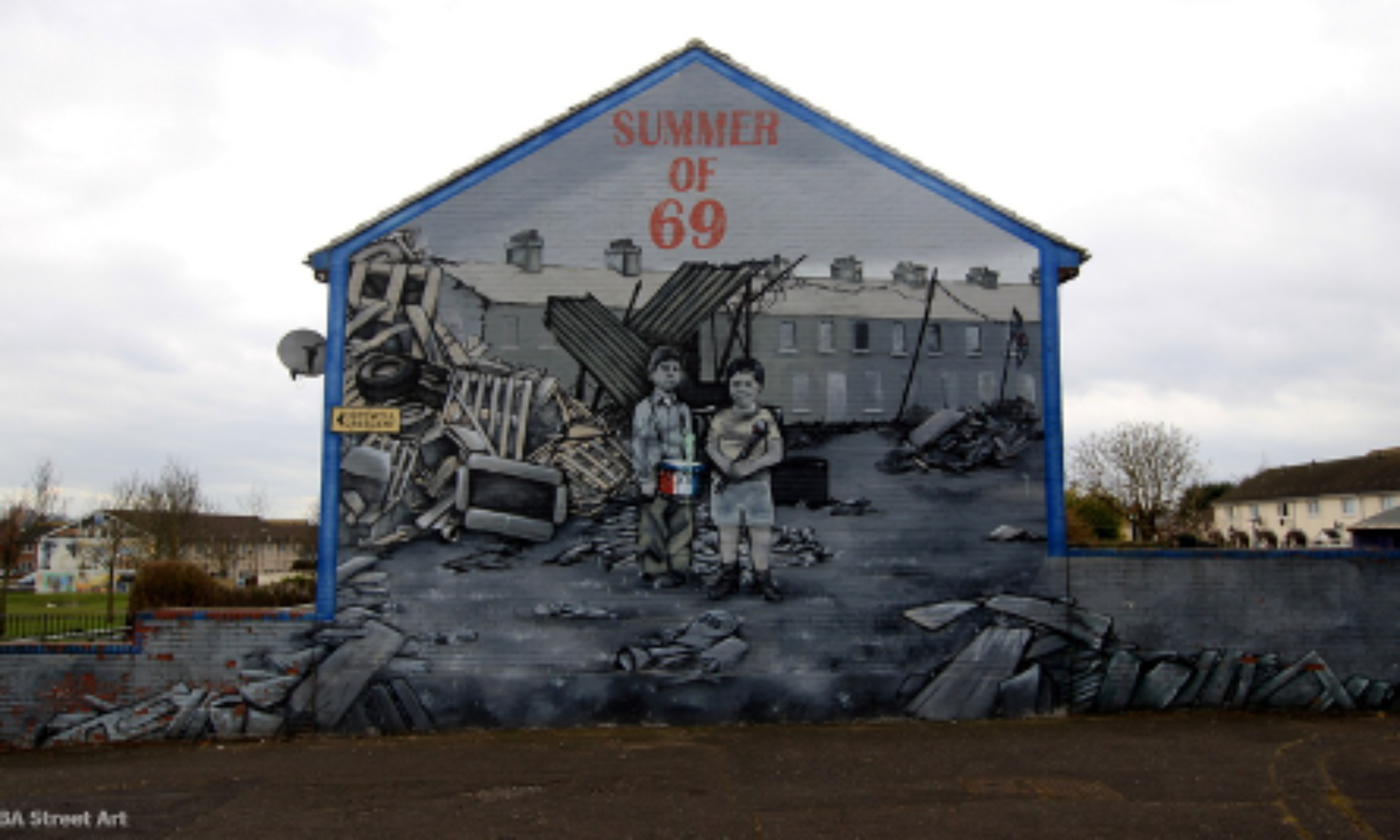At a time in society where media platforms (and our choice of settings) have the ability to censor and filter the information that individuals receive, I felt myself growing curious as to what the media would have been like in the late 60s and early 70s. Watching the video clip of Huey Newton in class, I noticed that, although he said otherwise, he was an entertainer. And, I assume, in those days you had to be entertaining in order to fit the TV culture at the time, and to get people’s attention. Today, with platforms like Twitter, Facebook, and Instagram, an individual with a voice can record himself or herself proclaiming his or her message about anything — freedoms, politics, religions, or ideologies. That is both the beauty and the downfall of technological innovations: how can we digest all of this material and decide if we agree with, disagree with, resonate with, or abhor any and every sentence?
Would people have resonated with Huey Newton as a leader of a movement today? Would his messages be censored by Facebook or Twitter? I would argue that Huey Newton and his method of speech — the fast-talking, repetitive, sarcastic and ironic speech calling out the leaders of today and the issues that are prevalent in the country would get people to watch, listen, and try to understand. If that truly is the case, would the media publish the ten-point program and showcase Huey as a hero of 2020?
